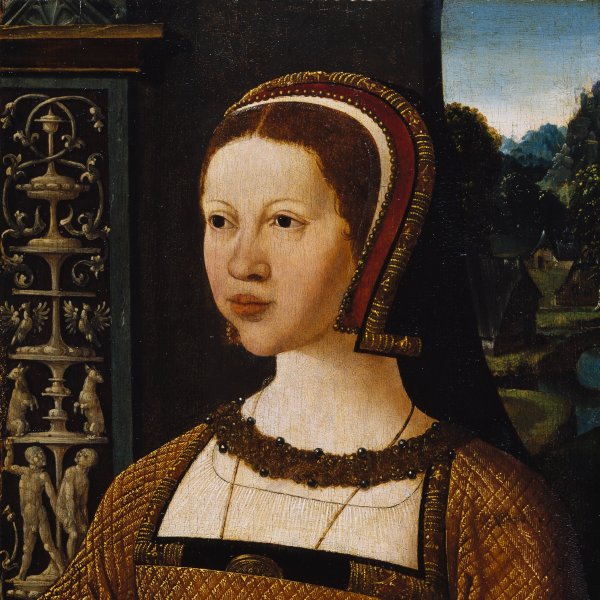Jacob Cornelisz. van Oostsanen
Member of a family of artists, Jacob Cornelisz. van Oostsanen was the brother of Cornelius Buys I, also known as the Master of Alkmaar. He was also the uncle of Cornelius Buys II and the father of the portraitist Dirk Jacobsz. The four artists used the same monogram signature. According to the biographer Karel van Mander, Van Oostsanen was born in Oostzaan, a small village in northern Holland. He probably trained in Haarlem with the Master of the Figdor Descent from the Cross, a painter of the circle of Geertgen tot Sint Jans. In 1500 he acquired a house in Amsterdam, living and working in that city for the rest of his life. The artist’s first documented works are a Noli me tangere (Schloss Wilhelmshöhe, Kassel) and a series of woodcuts on The Life of the Virgin of 1507. As has been noted, it is unlikely that this series marks the start of his creative activities as he would have been around 35 by that date. Over the following decades Van Oostsanen received numerous commissions in Amsterdam, most of them from the city’s Catholic institutions. It is thought that he may have travelled to Antwerp in 1521 to meet Dürer.
Around twenty-seven paintings and 200 woodcuts are known by Jacob van Oostsanen. His graphic work is conventional in nature and he remained faithful to the Netherlandish tradition of small, highly detailed illustrations of a miniaturist type. In contrast, his painting evolved over the course of his career. His early compositions are still late Gothic in style, influenced by the Haarlem school, but his late work, for example Saul and the Witch of Endor of 1526 (Rijksmuseum, Amsterdam), uses a much looser handling with simplified details and elongated proportions. These characteristics conform to the new style introduced by Gossaert and Jan van Scorel. Many of Van Oostsanen’s religious paintings were lost during the iconoclastic revolts.



